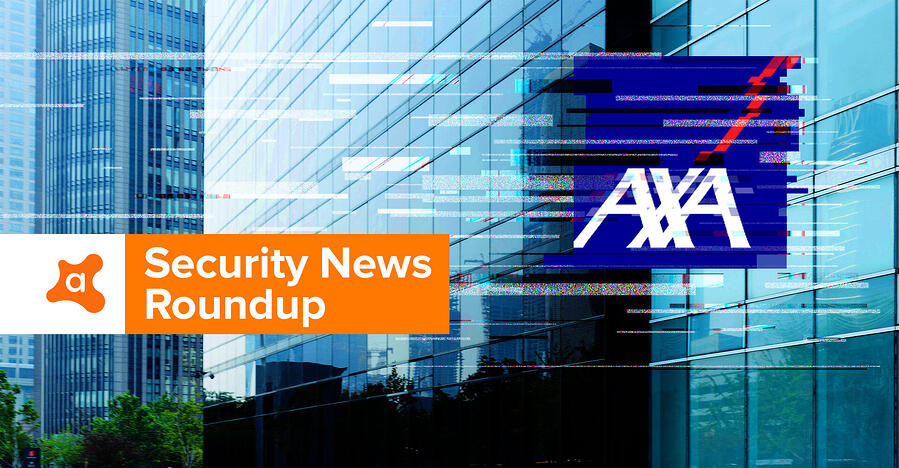CyberNews researchers found that cybercriminals are able to abuse cryptocurrency exchange API keys and steal cryptocurrencies from their victims’ accounts without being granted withdrawal rights.
Air India disclosed a data breach after personal information belonging to roughly 4.5 million of its customers was leaked two months following the hack of Passenger Service System provider SITA in February 2021.
The Federal Bureau of Investigation said that the same group of online extortionists blamed for striking the Irish health system last week have also hit at least 16 U.S. medical and first response networks in the past year.
With the advent of the Tianfu Cup, China appears to have access to a new talent pool of expert hackers, motivated by the competition’s prize money to produce potentially harmful hacks that Beijing may be willing to use both at home and abroad.
QNAP is advising customers to update the HBS 3 disaster recovery app to block Qlocker ransomware attacks targeting their Internet-exposed Network Attached Storage (NAS) devices.
Avaddon ransomware group targeted Asia-based insurer AXA with DDoS attacks and ransomware just a week after the insurance company announced it was dropping support for ransomware payments in France.
The Check Point Research team has recently discovered that in the last few months, mobile app developers potentially exposed the private data of over 100 million Android users, by not following best security practices.
Russian cybersecurity firm Positive Technologies is pressing ahead with plans for an initial public offering (IPO) next year, despite the imposition of U.S. sanctions in April that ban it from working with U.S. financial institutions.
Many people think cybercriminals hide in dim basements, masked by hoods, and hack big companies for fame and recognition. However, over the years, cybercrime has become a very profitable — and big — business.
Recent attacks highlighting the foundational role of software in critical services—a dynamic encapsulated by the term “infrastructure is code”—are boosting calls for a new cybersecurity workforce component: a chief product security officer.







